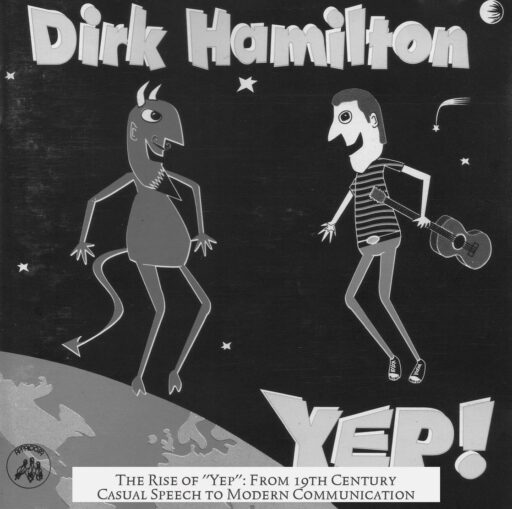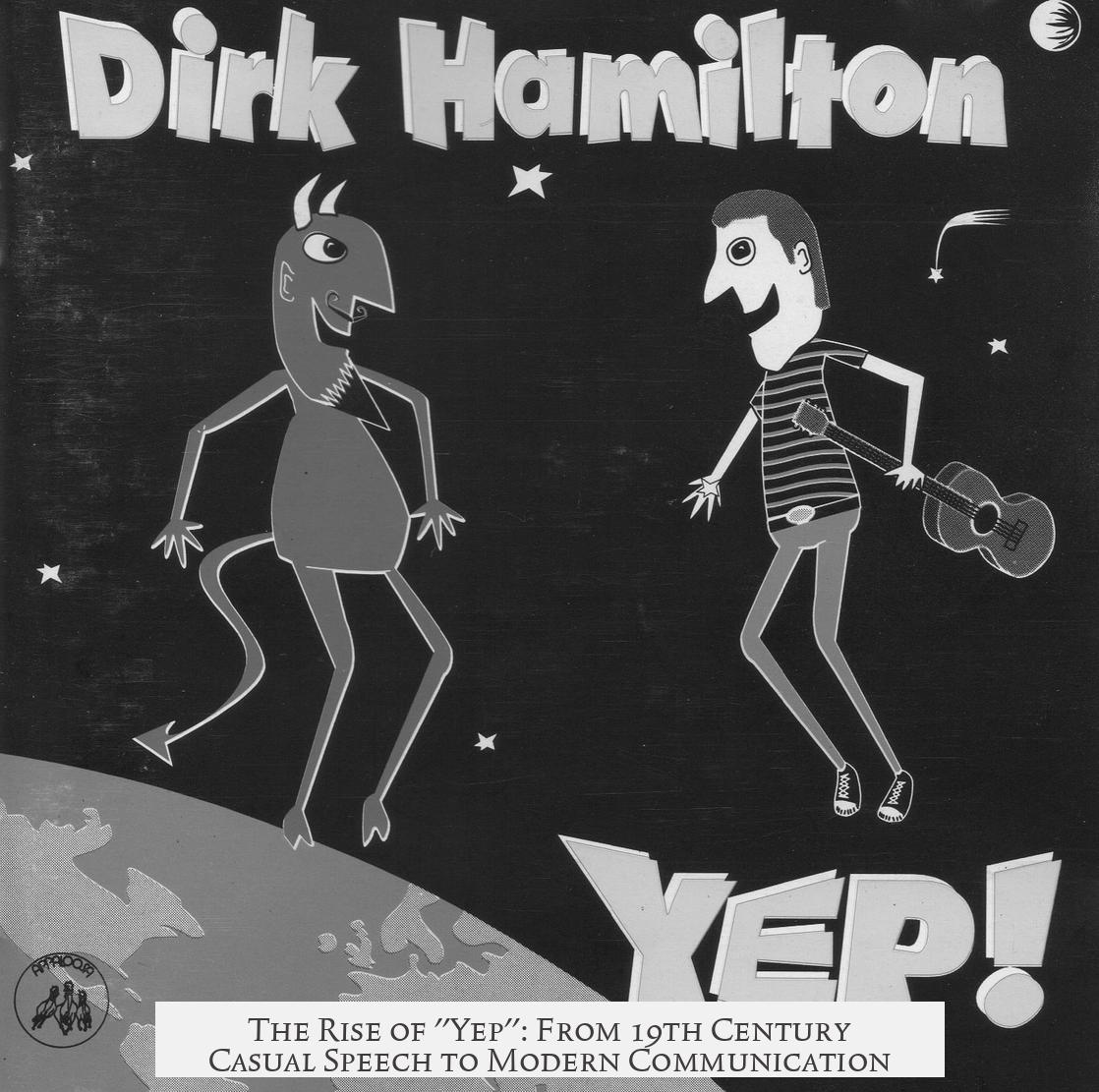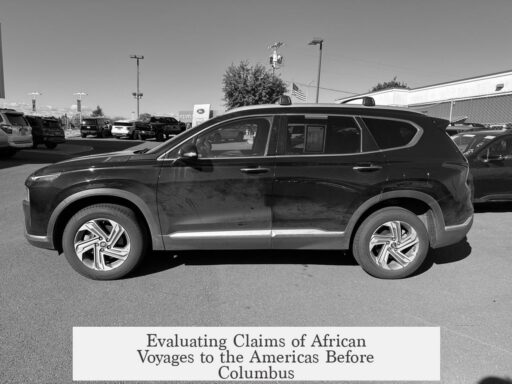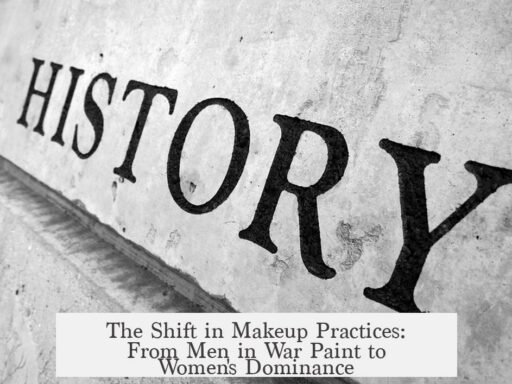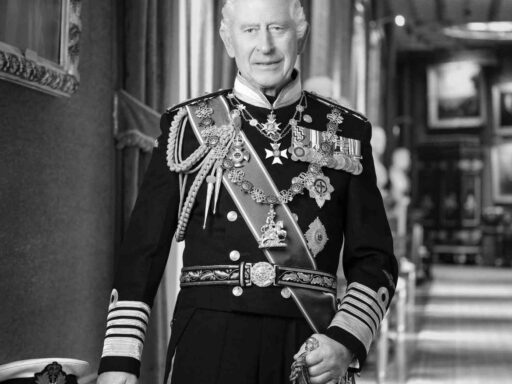The word “yep” originated in the late 19th century in the United States as a colloquial alternative to the word “yes”. It emerged as a casual, informal way to affirm or agree. The Oxford English Dictionary (OED) traces “yep” to this period, marking it as part of a family of affirmations including “yup,” “yeah,” and other variants derived from “yes.”
“Yes” itself is an ancient word, rooted in Old English, which has evolved into numerous variants over centuries. Some of these include “yea,” “yaas,” “yah,” “yas,” “yeah,” “yeh,” “yep,” and regional forms such as “yerse.” These variants differ in tone and usage but all function similarly to convey agreement or affirmation.
Interestingly, “yep” also had a different meaning in the 17th century, acting as an exclamation to urge on horses. However, this usage is distinct and unrelated to its modern form as a synonym for “yes.”
The spelling “yep” is common, but the term also appears as “yip” or “yup.” These variants reflect differences in regional dialects and personal preference but serve the same purpose in informal speech.
Despite detailed records of its origin, the OED does not explain how “yep” became widespread and popular. Its rise in everyday language likely relates to general trends favoring shorter, more casual words in spoken English, especially in American contexts where informal communication is often valued.
Social factors such as the expansion of mass media, including radio and television, and increased informal communication styles in the 20th century also contributed to the word’s popularity. “Yep” offers a brief, friendly affirmative that fits well in conversations, helping it become a staple in American and later global casual English.
- “Yep” started as a casual, colloquial form of “yes” in late 19th-century America.
- It is one of many variants derived from the Old English “yes.”
- Alternate meanings from earlier centuries are unrelated to its current use.
- The OED records its origin but not how it became widespread.
- Its rise likely links to informal speech trends and media influence.
Where Did the Word “Yep” Come From, and How Did It Become So Common?
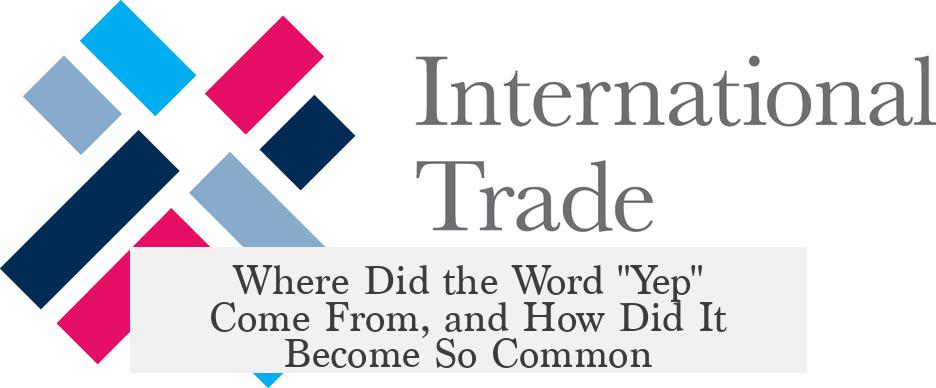
The word yep emerged as a colloquial alternative to “yes” in the late 19th century United States, and it steadily gained popularity as a casual, friendly affirmative. Its journey from an informal slang to a widespread everyday term is a fascinating tale of language evolution.
Now, let’s dive into the story of yep, exploring its origins, variants, and how it wormed its way into daily conversations across English-speaking cultures. Ready? Let’s get started!
How Yep Got Its Start: The Late 19th Century American Casual Answer
If you ever wondered where “yep” popped out of, look no further than the late 19th century America—a time of rugged individualism, booming city life, and rich colloquialisms. According to the Oxford English Dictionary (OED), yep developed as a laid-back way to say “yes.”
Think of it as the linguistic equivalent of tossing on worn-in jeans instead of a buttoned-up suit. People wanted a friendly, informal affirmative that fit casual chit-chat. So, “yep” became that easy-going nod, perfect for quick agreement without the formalities.
Not Just ‘Yep’ Alone: The Whole Family of Yes Variants
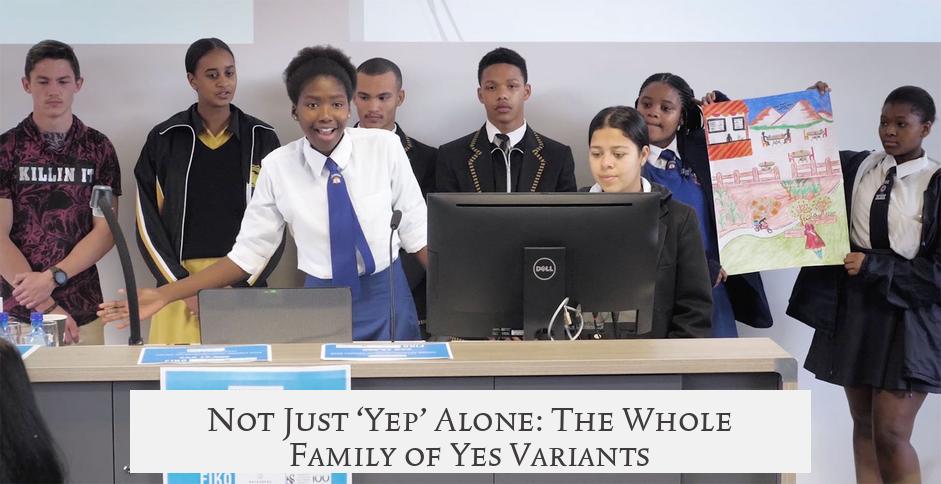
“Yep” isn’t a standalone oddball. English loves to play with variants of “yes.” It has a lively family, including “yea,” “yaas,” “yah,” “yas,” “yeah,” “yeh,” and some rare cousins like “yerse.”
Each variant carries its own vibe: “yea” feels almost Shakespearean, “yeah” laid-back and common, and “yep” somehow hits that sweet spot between informal and clear. This colorful range shows how flexible the simple “yes” can be in everyday language.
Spelling Variants: Yup and Yip Join the Party
Language loves variety, so “yep” comes with doubles. Sometimes it’s spelled “yup” or even “yip.” Each spelling slightly shifts the flavor but retains the core meaning of casual agreement.
These variants pop up in different regions or just reflect personal flair. Ever noticed how some people type “yup” in a text and others go “yep”? It’s like a tiny personality trait shining through your keyboard.
A Wild Yep Fact: The 17th Century Horse Command
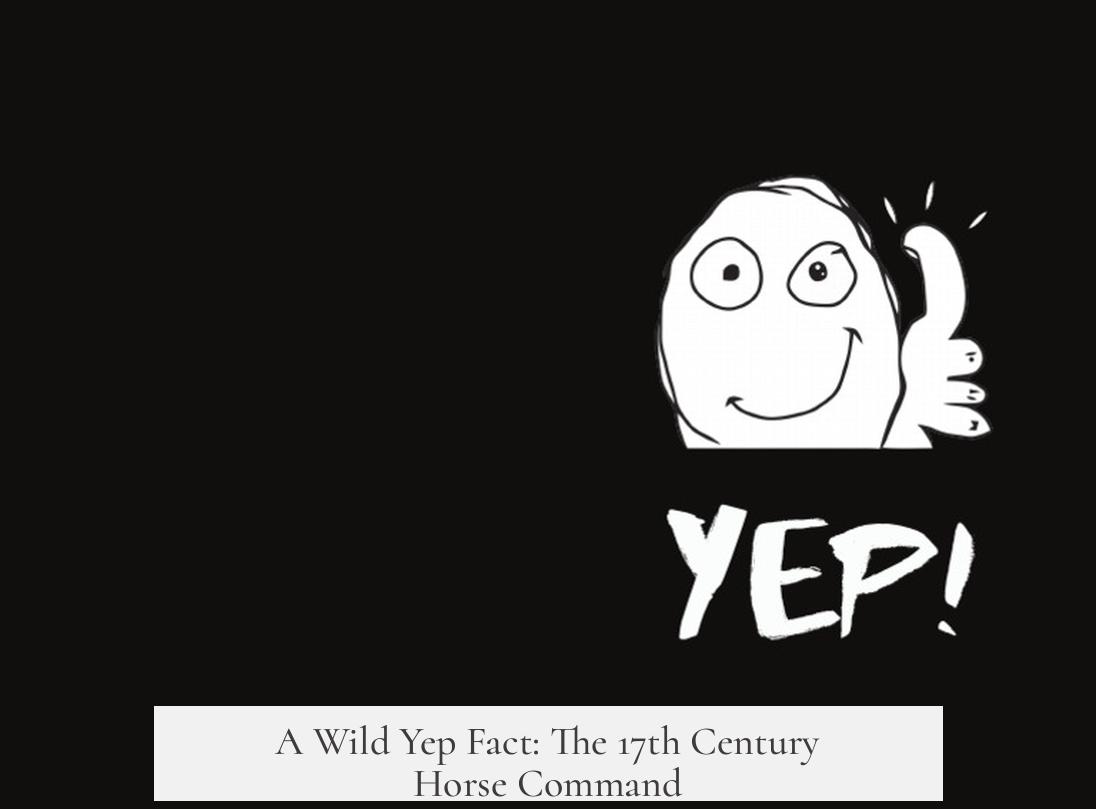
Here’s a quirky side note. The OED points out that “yep” also existed in the late 17th century—not as an affirmative but as a natural exclamation used to urge horses forward. Picture a rider clicking their tongue or shouting “yep!” to get the horse moving.
Fun, huh? Two meanings, centuries apart: one a command for horses, the other a casual “yes” between people today. Language loves these little twists.
But How Did Yep Become So Common?
This is where our story gets a bit mysterious. The OED shares its origin but doesn’t provide the full scoop on how “yep” spread to become a household word. So, let’s put on our detective hats and consider some likely reasons.
Casual Culture and Informal Speech: A Match Made in Linguistic Heaven
From the U.S. frontier towns to bustling city streets, casual speech breeds fast adoption. “Yep” fits perfectly as a quick, simple, friendly agreement. Its ease of use made it popular in daily talk.
Picture yourself talking to friends. Saying “yes” every time sounds stiff. “Yep” feels more natural, like a friendly nod.
Media and Pop Culture Did Their Part
The 20th-century explosion of movies, TV, and radio helped to normalize informal language, bringing words like “yep” into millions of households. Characters in Westerns and comedies happily tossed around “yep,” showcasing its down-to-earth charm.
When you hear it on screen, you’re more likely to say it yourself. Language spreads fastest where it’s heard often and feels relatable.
The Power of Digital Communication
Fast forward to the 21st century. Texting, instant messaging, tweets—these forms love brevity and informality. “Yep” is shorter than “yes” (three letters instead of three? They’re equal, but the punchy tone of “yep” wins). It feels friendly and quick, making it perfect for digital chats.
Ever noticed your friends texting “yep” instead of typing “yes”? Language evolves to save time and convey attitude casually.
Examples and Practical Use: Trying Yep on for Size
- Friend: “Are you coming to the movie tonight?”
- You: “Yep!”
- Colleague: “Did you finish the report?”
- You: “Yep, sent it this morning.”
See how “yep” makes the exchange warm, light, and clear? It’s like slipping on a comfy sweater in the middle of a formal meeting.
Recommendations: When to Use Yep and When Not To
“Yep” shines in informal chats, texts, and casual conversations. It’s friendly, quick, and easy. But in formal writing or professional meetings, sticking to “yes” ensures you sound polished and respectful.
So next time you want to agree but keep things friendly, go for “yep.” Just don’t toss it into a legal contract, unless you want some puzzled looks!
Wrapping It Up: Yep’s Place in Our Language
Yep came out of the need for easy-going, friendly affirmations in American English’s informal speech of the late 19th century. It’s part of a family of “yes” variations, sharing space with “yeah” and “yup.” Though its precise path to common use isn’t documented, cultural shifts, media exposure, and digital communication helped solidify its presence.
Whether urging a horse in the 1600s or texting a friend right now, yep is more than just a word. It’s a small piece of English’s living, breathing personality.
“Language is not just words. It’s how we connect, agree, and share our everyday moments. Yep sums this up perfectly.”
